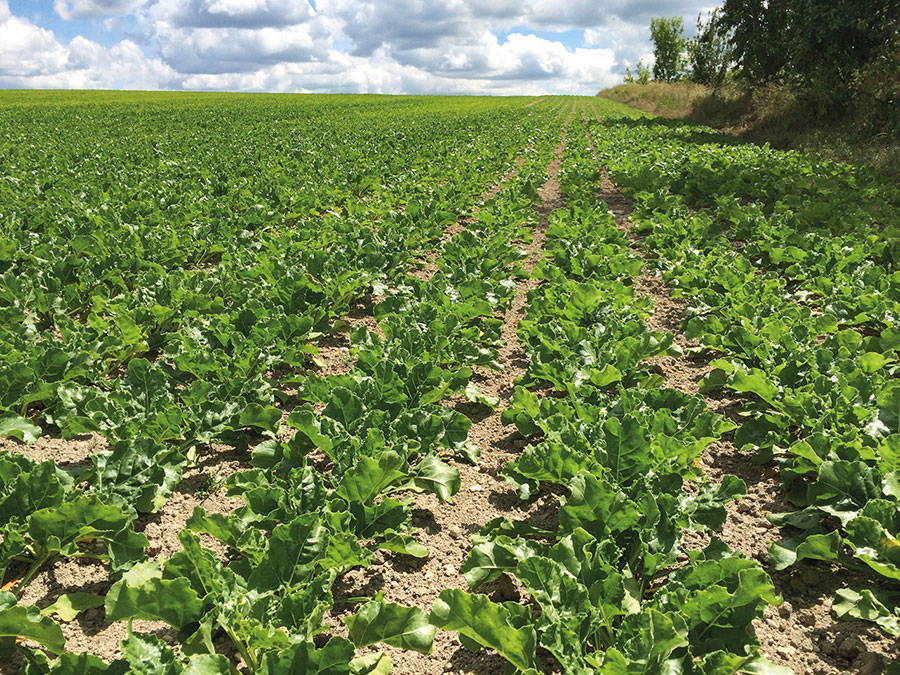Effective weed control to protect investment in sugar beet
27th February 2024
Effective early season weed control in sugar beet is essential, explains Adama UK herbicides technical specialist, Dr Bill Lankford – especially as an effective herbicide programme can deliver a 10–20% improvement in yield.

Historically, sugar beet weed control has relied predominantly on the use of phenmedipham-based herbicides. However, as agricultural practices have changed with wider rotations, increased species diversity and the introduction of greening policies, the range of weed species that needs to be controlled has widened.
“At the same time, some key herbicide active ingredients have been revoked, and legislative changes have forced phenmedipham herbicides to move to less effective suspension concentrate formulations. As a result, growers have, by-and-large, adopted the use of two additional active ingredients – ethofumesate and metamitron – in combination with phenmedipham,” Dr Lankford says. “However, relying on these three active ingredients is still no guarantee of effective weed control, with growers therefore advised to implement a wider array of herbicides in tank mixes and in sequenced programmes.”
Additional active ingredients approved for use in sugar beet include quinmerac, clopyralid, dimethenamid-p and propaquizafop. “These give good results against many of the key yield-robbing weed species including cleavers, bindweed, black nightshade, fool’s parsley and common field speedwell,” Dr Lankford explains, “but metamitron is the easiest active to incorporate into sequenced programmes thanks to its broad label, good crop safety and ability to provide both contact and residual activity. Metamitron also partners well with quinmerac which delivers added efficacy, especially in dry conditions thanks to its useful water solubility.”
The inclusion of several active ingredients adds to overall input costs, but products such as Goltix (metamitron 700g/litre) and Goltix Titan (metamitron 525g/litre and quinmerac 40g/litre) will pay for themselves, especially where the weed burden is high.
“The early season application of these herbicides – either as pre-emergence or early post-emergence treatments – will boost crop yields as well as helping growers to manage workloads by giving some flexibility in terms of application timings,” Dr Lankford continues.
“Co-formulations such as of PowerTwin which contains two key active ingredients (phenmedipham at 200g/litre and ethofumesate at 200g/litre), add to this flexibility by enabling a residual and a contact herbicide to be applied together without the need for spray operators to spend time mixing separate products.”
Falcon (100g/litre propaquizafop) is also approved for use on sugar beet, giving growers access to another useful active ingredient for use all the way from pre-emergence to post-emergence (up to 60 days before harvest). An additional ethofumesate herbicide which offers improved post-emergence weed control will also be available from Adama in 2024, having recently been approved for use in the UK.

